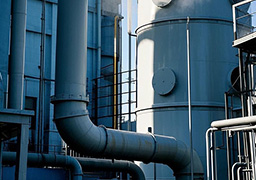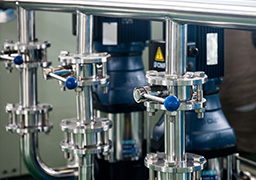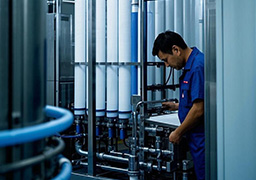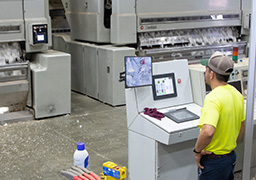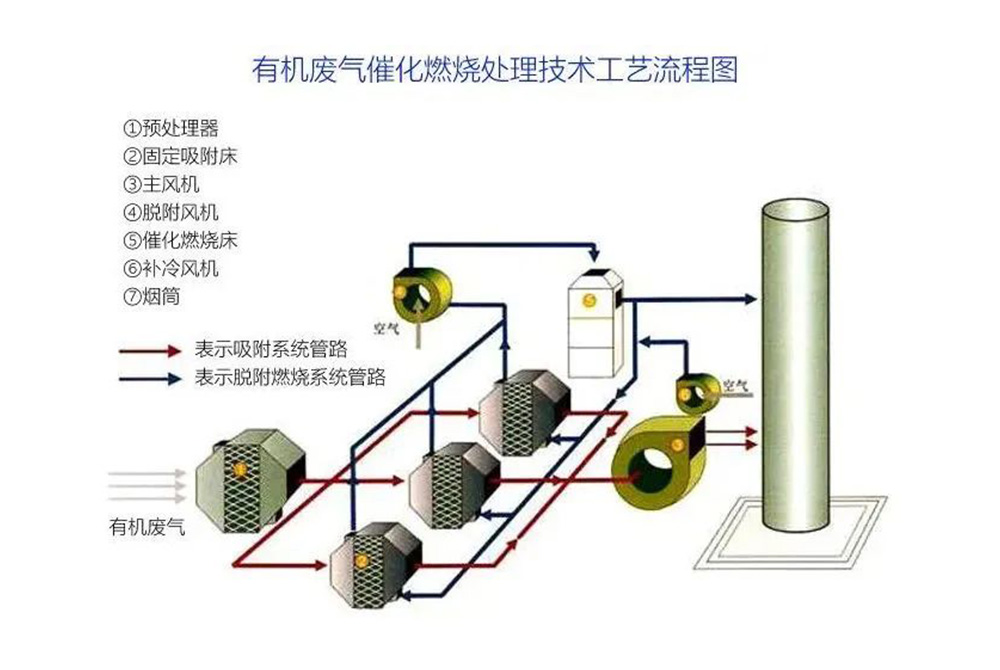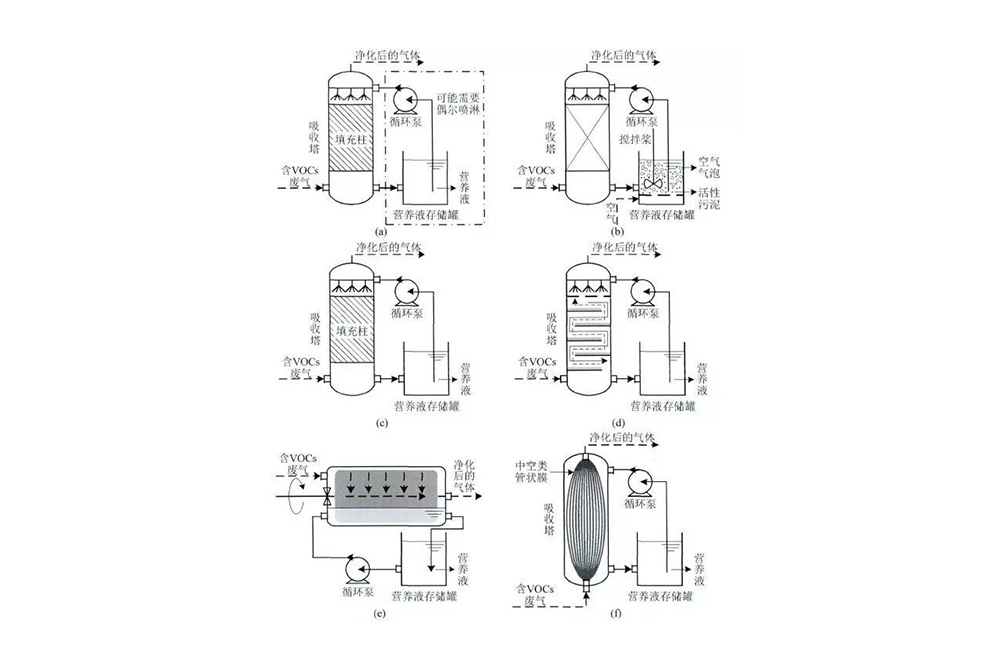Overview: Catalytic combustion is a typical gas-solid phase catalytic reaction, which essentially involves the participation of reactive oxygen species in deep oxidation. In the process of catalytic combustion, the role of the catalyst is to reduce the activation energy and enrich the reactant molecules on the surface, thereby increasing the reaction rate. With the help of catalysts, organic waste gas can undergo flameless combustion under lower ignition temperature conditions, and be oxidized and decomposed into CO2 and H2O, while releasing a large amount of heat energy. The reaction process is as follows:

Overview: Biofiltration utilizes the oxidative metabolism of microorganisms to decompose organic pollutants in exhaust gas into harmless or low-risk substances. The interior of a biofilter contains fillers that provide attachment sites for the growth and reproduction of microorganisms. The exhaust gas flows through the filler bed and reaches the biofilm through the diffusion effect of the fillers, where it comes into contact with microorganisms and undergoes oxidative metabolism reactions, thereby achieving the goal of organic waste gas degradation. The emission of volatile organic compounds (VOCs) into the atmosphere can cause serious environmental problems, such as haze, photochemical smog, and the destruction of the ozone layer leading to global warming. Reducing the concentration of VOCs in the environment is a key factor in achieving sustainable development. Traditional treatment processes include physical methods (such as activated carbon adsorption and washing) and chemical methods. Although they have certain removal efficiency, they can generate secondary pollution, such as desorption or direct incineration after activated carbon adsorption saturation, resulting in increased costs. Some chemical reagents used in chemical methods cannot be directly discharged into the environment and need to undergo secondary treatment to meet standards before discharge, making the process complex. Other processes such as combustion or membrane separation have high treatment efficiency and are suitable for treating high concentration organic waste gas. However, their advantages in treating low concentration waste gas are not obvious, and the investment and operating costs are relatively high. Biological methods utilize the oxidative metabolism of microorganisms to treat VOCs, which have the advantages of low cost, good deodorization effect, and no secondary pollution, and have received widespread attention. Based on the advantages of biological methods, they are currently widely used in various fields. The use of biological methods to treat rubber waste gas has a good effect on removing odors; Applied to odor treatment in sewage treatment plants, it greatly reduces investment costs.
The biological treatment technology can be traced back to 1950, initially mainly used to degrade low concentration odorous substances in the air. In 1957, American scientists applied for the first patent for biological treatment of waste gas. From 1970 to 1980, the application of biological methods in exhaust gas treatment attracted attention from countries around the world and rapidly developed in developed countries such as Europe and Japan. In recent years, countries such as the Netherlands, Germany, and Japan have a considerable number of industrial scale biological waste gas treatment devices and have put them into industrial operation. The actual removal rate of pollutants by biological waste gas treatment devices can reach over 90%. Many domestic research institutions, including Tsinghua University, have conducted in-depth research on the biological treatment of organic waste gas, but currently they are mostly in the laboratory stage and have not yet achieved large-scale industrial promotion. However, future biological methods have considerable application prospects in China.
There are currently three mainstream biological treatment processes for waste gas. According to the microbial community and liquid phase form, it can be divided into biological filtration, biological drip filtration, and biological washing processes. At the same time, there are new processes such as rotary drum biofilter, bio plate tower, and membrane biofilm method.




